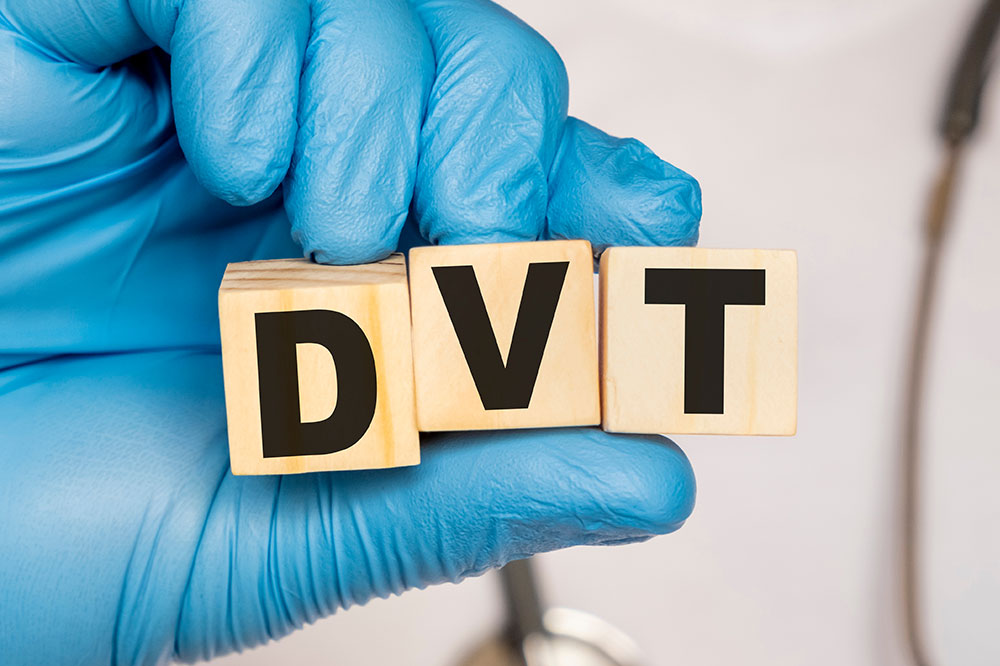
Risk Factors and Diagnosis of DVT
Deep Vein Thrombosis or DVT causes the blood in the veins to form a clump, resulting in a blood clot. These blood clots usually form on the thighs or legs but can sometimes also occur in other parts of the body. In many cases, DVT cannot even be identified because it happens with no symptoms. Read on to know more about risk factors and diagnosis of DVT.
Risk factors
A great variety of risk factors can contribute to the occurrence of DVT. Some of them are age (over 60), long hours of sitting, surgery or injury, overweight or obesity, cancer, smoking, heart failure, genetics, pregnancy, contraceptive pills, or bed rest for extended periods.
1. Repetition is possible
You are more likely to develop DVT if you had already have a blood clot leading to DVT. 30% of people who have had DVT will have it again.
2. It runs in the family
You can get DVT if someone in your family – parents or siblings have it. Your chances become higher if both your parents have it.
3. Age
As you age, your chances of developing DVT increase, which is more so after the age of 40. Men between the ages of 45 and 60 also run a high risk.
4. Pregnancy and hormone pills
If you’ve just given birth, the estrogen levels in your body are higher, and this can cause your blood to clot quite easily. Similarly, if you are on hormone replacement therapy, you can develop DVT due to most pills’ high estrogen content.
5. Being overweight
People who are overweight struggle with inflammation and are at a higher risk of developing other diseases, like diabetes. Though unaware, doctors have found that excess fat around the belly can cause poor blood flow through deep veins.
Diagnosis
If one has any symptoms, it’s best to visit a doctor. The doctor might check for swelling, discoloration of the skin, or tenderness. If there is a higher risk, a few tests might also be undertaken. Some of them are as follows.
1. D-Dimer blood test
This blood test helps identify the presence of high D-Dimer, which is usually present in the blood of most people with severe DVT. Technically, D-dimer is produced upon the dissolution of a blood clot in the body.
2. Ultrasound
Most cases of DVT can be diagnosed through an ultrasound. It can help reveal the size of the clot, whether it is new or chronic, and even compare the growth or the dissolution of a blood clot.
3. Venography
An invasive test where a dye is injected into the foot or the ankle vein and an X-ray identifies blood clots through images. This type of diagnosis is not performed any longer.
While one can seek medical treatment for existing blood clots, newer ones can be prevented from forming through regular exercise and movement and a healthy food regime.



